Blogs
Home / Blog
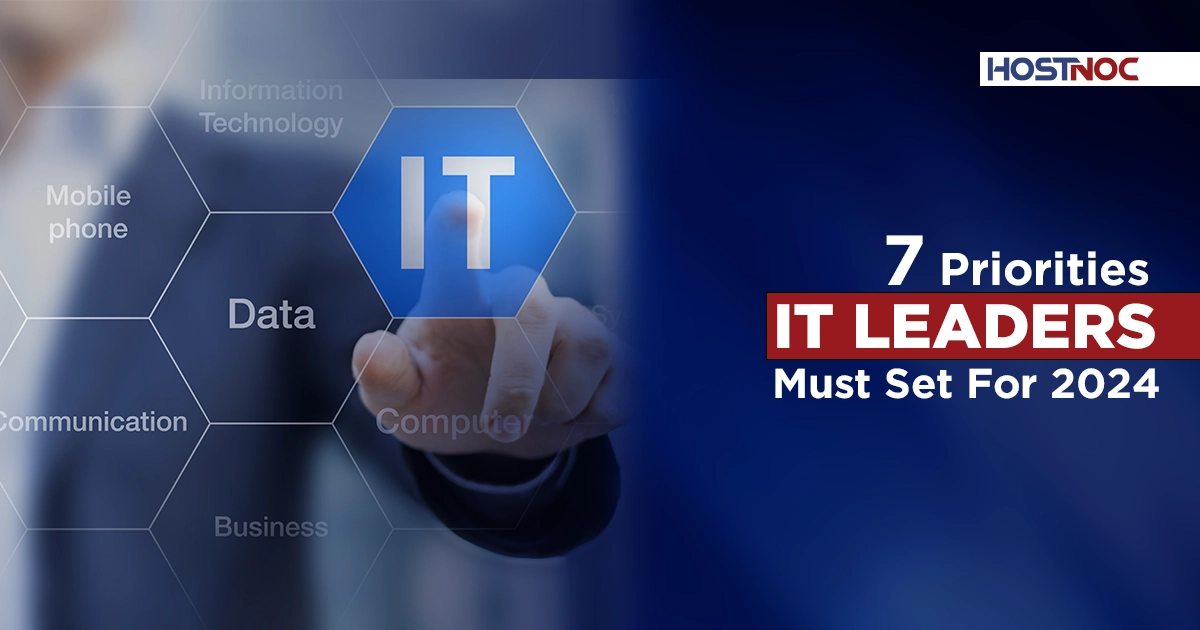
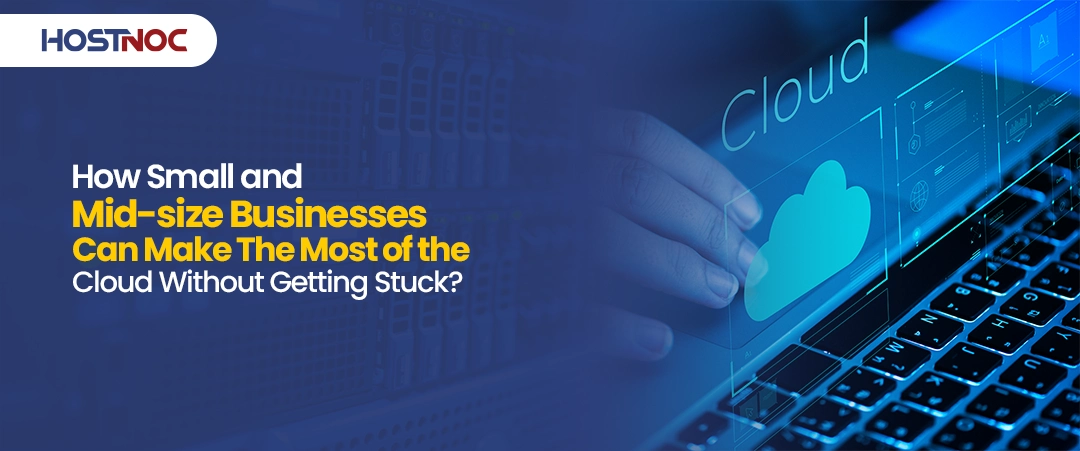
2023 was the year for generative AI and large language models. Even artificial intelligence and large language models require lots of high quality data to deliver the results you want to get from it. This brought data into the limelight and forced businesses to get their house in order when it comes to removing redundancies from data sets, normalizing data and extracting useful insights from it instead of just collecting Data Predictions for the sake of it.
How will the data landscape evolve in 2024? That is exactly the question we will try to answer in this article. In this article, you will learn about seven data predictions that could come true in 2024.
Read more: Top 10 Technology Trends To Keep An Eye On In 2023
Here are seven data predictions that could change the course of technology in 2024.
Every technology has its time and place and SQL is no exception. It was a great choice three decades ago but not anymore. The lack of structured approach to procedural logic and its antiquated design architecture and ability to use stately persistent sessions makes it irrelevant for the modern cloud age. 2024 will be the year we might see the demise of SQL as relational databases stop using it.
Another common problem with SQL is that it forces you to store the application code and database at the same data center region. In today’s era of distributed computing and cloud computing, this seems like a far fetched dream. These days, every element from data to code is stored in different locations in different servers and still everything can be accessed in real time.

Vector database technology will slowly gain momentum. Thanks to its ability to handle multi dimensional data efficiently as well as ability to handle complex similarity searches, vector databases will become a force to reckon with. Vector databases will continue to play an even more important role in software development. The demand for user friendly, scalable and simple vector storage will grow. As more and more apps integrate artificial intelligence, the demand for vector databases will continue to soar in 2024 and beyond.

Majority of businesses have already migrated their workloads to the cloud but very few of them have reaped real benefits of cloud yet. The rising cloud costs are becoming a pain in the neck for businesses. That is where FinOps comes into play.
It will help businesses optimize their data pipeline to allocate resources efficiently. This will minimize wastage and ensure optimal resource utilization. The wider adoption of cloud will only continue if organizations can minimize cloud waste and FinOps can help with that.
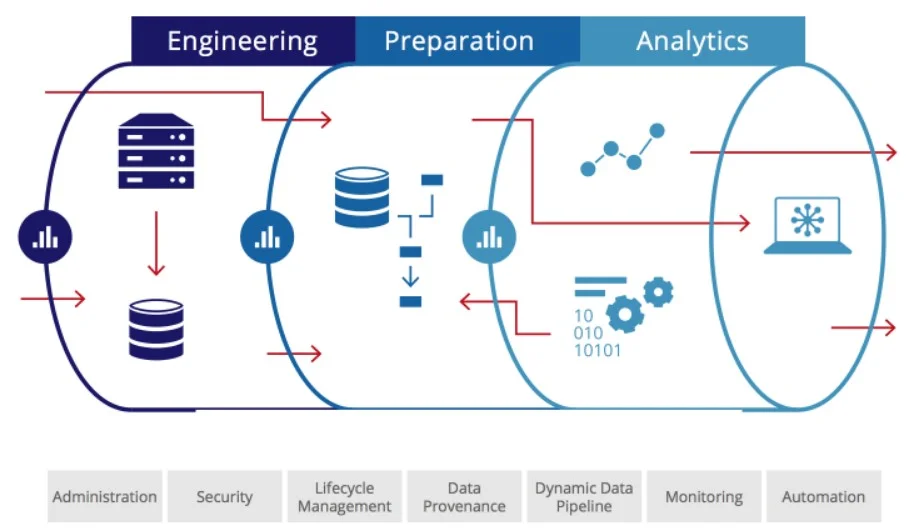
The proliferation of artificial intelligence tools have forced business teams to accelerate the adoption of these tools. On the other hand, data teams oppose this hurried implementation because of their security and privacy implications. This will lead to many arguments between IT and business teams in 2024. It is important for business and data leaders to sit together on a table and develop a consensus around this issue.
Finding the right balance between implementation and quality control is crucial. If the business tries to adopt these AI tools in a haphazard manner, this could make them more vulnerable to data breaches and cybersecurity attacks as well as other issues associated with these tools such as hallucinations and biases. On the flipside, if they delay the implementation, they would be left far behind in the race, which makes it harder for them to play catch up. Their competitors will not only gain a competitive advantage but can also extend their lead.
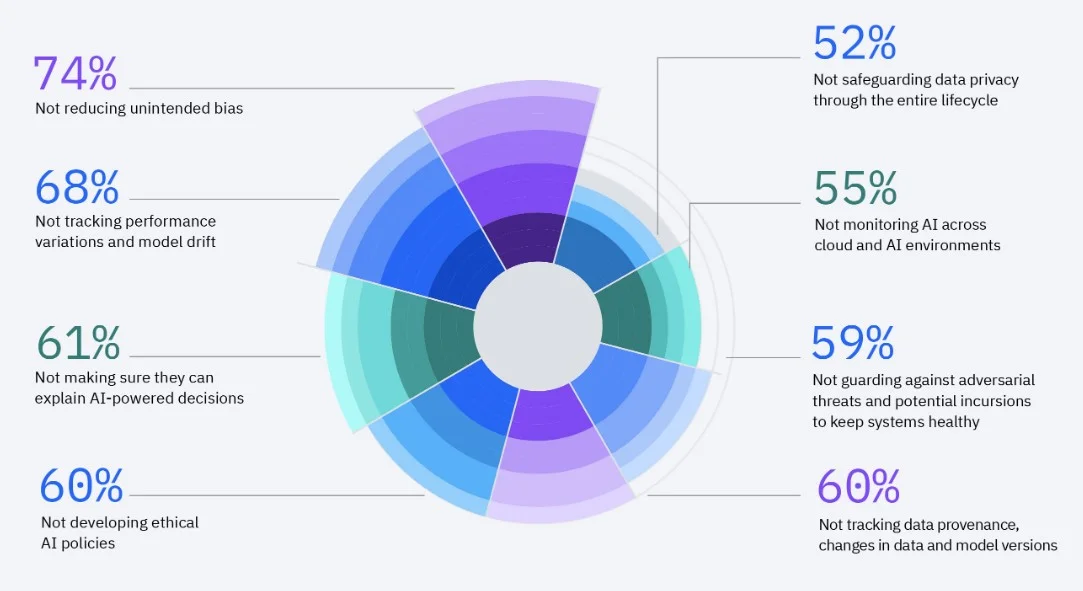
As more and more businesses start to dump their data into the cloud, it will create hundreds of data silos. Thankfully, you can easily identify and eliminate these data silos with large language models and knowledge graphs. These knowledge graphs can show you the relationship between different data sources. By leveraging knowledge graph based artificial intelligence technologies, you can solve one of the biggest problems of the IT industry once and for all.
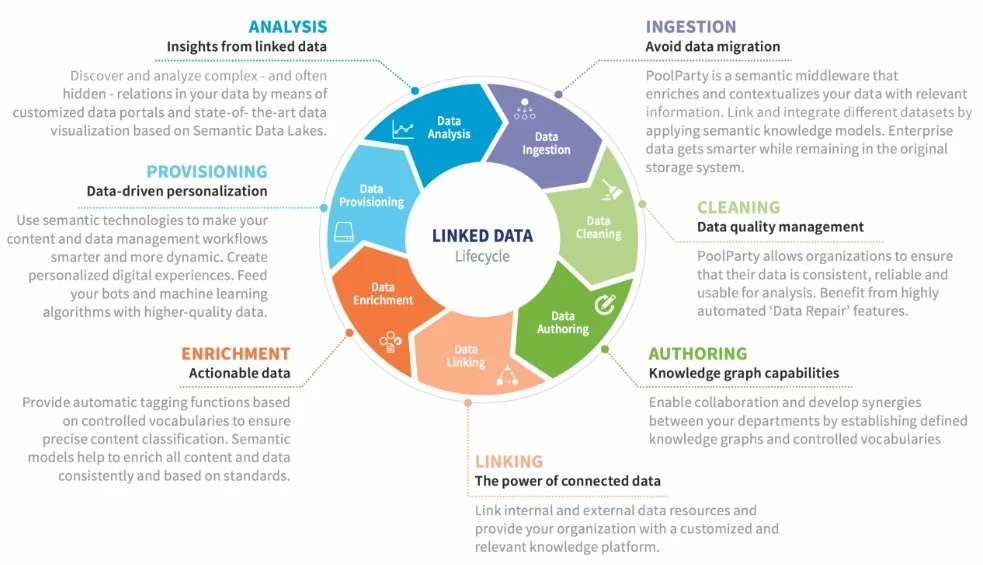
As mentioned before, artificial intelligence needs a large amount of high quality data. Sadly, a vast majority of the data is not public and is subject to data privacy regulations. This means that all the data management approaches you have been using for the past decade will become irrelevant.

You need to adopt a new approach to data management to gather that data and train the artificial intelligence algorithms on that data. Categorizing and streamlining all the data is crucial so artificial intelligence models can make sense of these data. All these changes in data management approaches will force data management solutions to evolve as well.
User intent data will become even more important to go to market teams as they try to deliver a truly personalized user experience at every touchpoint of the buyer’s journey. Businesses will leverage user behavior data analytics to predict customer needs and tweak product and service offerings based on that.

2024 will be the year where we will go from reactive to proactive. This will enable businesses to forge long term and strong relationships with customers, turning them into brand advocates and loyal fans who make recurring purchases from their brand. marketing and sales teams need to be on the same page to make all this possible.
Which of these data predictions will come true in 2024? Share it with us in the comments section below.
Enter your email to receive the latest news, updates and offers from HostNoc.
